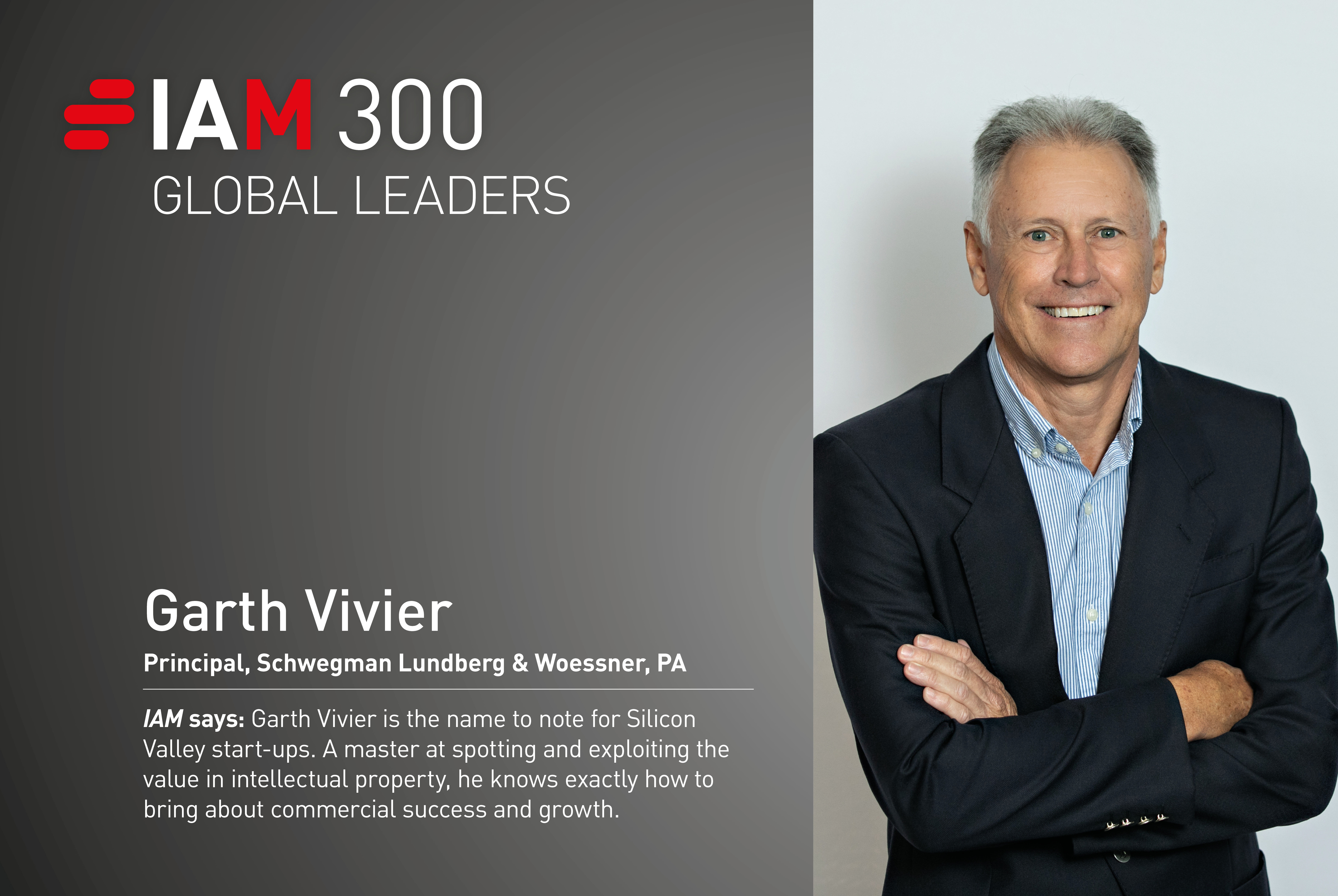Garth Vivier
As principal, what does inspiring leadership look like to you?
Inspiring leaders empower their team members to make decisions, take ownership and contribute their unique strengths. They create an environment that encourages growth and autonomy. They understand the importance of acknowledging and appreciating the efforts of their team members. Inspiring leaders also promote collaboration and teamwork and invest time in individuals’ professional development.
Your international patent prosecution experience spans the EPO, the PCT, China and Japan. What are the key differences between these jurisdictions when it comes to prosecution?
The key to successful prosecution in multiple foreign jurisdictions is a well-drafted patent application that considers legal requirements in the various jurisdictions. For example, the EPO is stringent in having support for claiming different combinations of claim elements. This requires appropriate support in the detailed description. When a patent application is first filed in the United States, it should thus not only be drafted to meet USPTO requirements but also those of foreign patent offices. The timing and requirements for responding to office actions, paying fees and filing divisional applications differ, and careful consideration of these deadlines is paramount. When these activities are carried out can also significantly impact IP budgets. To effectively navigate foreign legal challenges, it is highly recommended to work with experienced local patent attorneys or agents who are familiar with the local practices and regulations.
What are the three most critical aspects of a successful IP strategy for start-up companies, particularly those in Silicon Valley?
It is crucial to align an IP strategy with the business objectives and proposed products/services that the start-up envisages. Brainstorming sessions should be conducted to identify a comprehensive list of relevant technologies that are being developed or to be developed. Short-term, medium-term and long-term product/technology goals should be reviewed. It should be made clear that business value does not necessarily equate to technical difficulty.
IP assets in the list should then be critically reviewed and prioritised to identify technologies with the greatest business value. When selecting candidates for IP protection, the IP budget available and appropriate form of protection (eg, patents, trademarks, copyrights and trade secrets) should be considered. To defer costs, in some circumstances, comprehensive patent applications can be filed to leverage US continuation practice to obtain additional patents for various technologies adequately described in the initial application.
A patent strategy is not static and evolves as the start-up grows and receives more funding. Hence, the strategy should be periodically revised to align it with any changed business objectives and products/services. Within a year of filing a particular patent application, it is crucial to decide in which territories to file corresponding international applications. Budget constraints play a particularly key role here. Patent Cooperation Treaty filings may be leveraged to defer national filings and obtain the benefits of the international search report and written opinion to make more informed international filing decisions. It is also key to educate the members of the start-up on the requirements to obtain valid patent protection.
Garth Vivier
Principal
[email protected]
For decades, principal Garth Vivier’s focus has been on procuring high-value patents for multinationals and start-ups. He assists start-ups in developing IP strategies tailored to tight budgets and believes that a patent strategy should be closely aligned with business objectives. Mr Vivier’s experience extends to software and hardware-related inventions, and he also has experience in portfolio development and management, due diligence, product clearance and validity and infringement analysis and opinions.
